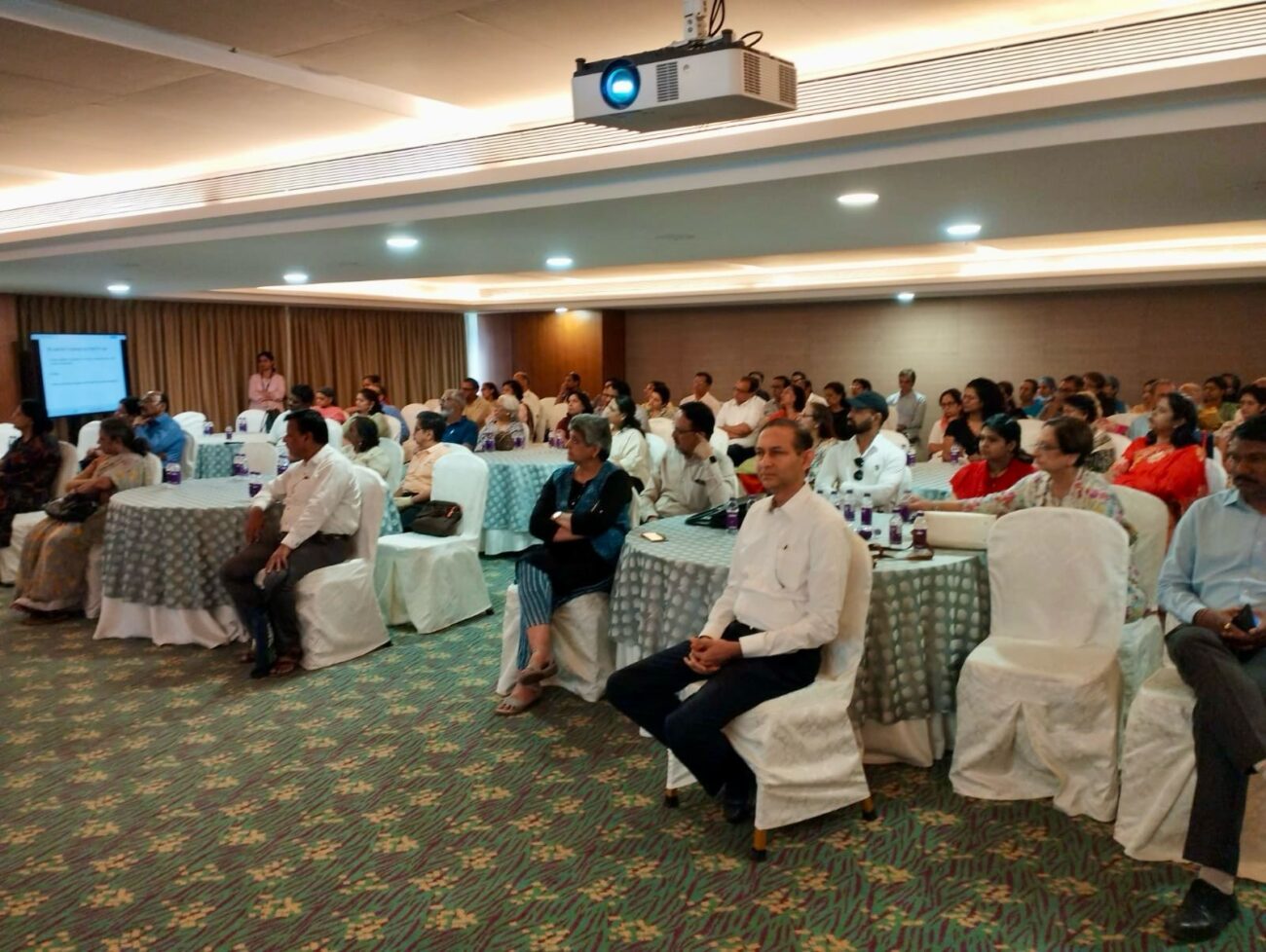REVISITING INDIA’S PUBLIC HEALTHCARE POLICY IN PANDEMIC TIMES
Public healthcare, in the last decade, has been a low priority for India. Our public health expenditure was just 1.29% of the country’s GDP in 2019-20, far lower than the global average of 6%. In 2018, we were
Public healthcare, in the last decade, has been a low priority for India. Our public health expenditure was just 1.29% of the country’s GDP in 2019-20, far lower than the global average of 6%. In 2018, we were behind even our BRIC peers in the area of public health investments. Infact, India’s public expenditure on health as a percentage of the GDP is far lower than countries classified as the “poorest” in the world, as admitted by the Union Ministry of Health and Family Welfare.
Ironically, we are the same country that is known for our success in eradicating small-pox and polio through targeted public intervention.
March 2014 was a watershed moment in the history of the Indian public healthcare system when India was declared polio free by the WHO – we were only the fourth region globally to have achieved this feat – after the Americas, Western Pacific and Europe. India’s Universal Immunization Program is renowned as one of the largest public health interventions in the world, successfully bringing under control many communicable diseases.
And yet, with our burgeoning population and changing lifestyles, we are today struggling to cope with the healthcare requirements of the country’s masses. Our decadent lifestyles, unhealthy eating habits, sedentary routines, lack of hygiene and abuse of alcohol, tobacco and drugs, combined with lack of awareness has led to the creation of what McKinlay refers to as “illness factories”. These illness factories are impacting the lives and health of the populace at large, slowly pushing people down the stream into recuperative care at our healthcare facilities or into “intervene and repair” mode.
 Intervention in the country largely happens in the Tier-1 cities, driven by the private hospital network and a few leading public healthcare institutions. As a result, most of these are facilities are accessible only to the affluent, urban sections of the society. The growing number of people requiring medical intervention is putting relentless pressure on the healthcare system, the hospitals and public healthcare agencies who are hard pressed for time, investments and trained resources in successfully treating people.
Intervention in the country largely happens in the Tier-1 cities, driven by the private hospital network and a few leading public healthcare institutions. As a result, most of these are facilities are accessible only to the affluent, urban sections of the society. The growing number of people requiring medical intervention is putting relentless pressure on the healthcare system, the hospitals and public healthcare agencies who are hard pressed for time, investments and trained resources in successfully treating people.
Herein lies the malaise impacting the country’s healthcare policy and public welfare. The need of the hour is to shift the focus from ‘downstream, repair mode’ to ‘upstream, preventive care’.
In fact, the High-Level Expert Group set up by the Planning Commission way back in 2011 recommended that the focus of healthcare provision in the country should be towards providing primary health care across villages and towns in the country. The group stated that focusing on prevention and early management of health problems can reduce the need for complicated specialist care provided further down in the system at the tertiary level at specialized hospitals like AIIMS.
Here are four ways the government and policy makers can effectively shift the focus back to upstream, preventive healthcare in the country:
- Increase public health spending – Community doctors, community dentists, social healthcare workers, particularly in rural and remote areas service over 65% of the country’s population. They lack access to basic medical tools, diagnostic equipment and technology, and proper funding and resource support, and this must change. The country must increase public health spends to be closer to the global average of 6%, with focus on preventive care in the primary and secondary sectors. The rural-urban divide in healthcare access is significant and reflected in the health indicators as well and needs to be addressed.
- Invest in research and training – Community healthcare professionals (CHPs) lack access to the latest in research and medical advancements. Their ideas and inputs are not represented at the decision-making table while they probably have the best knowledge of health realities on the ground, more so than the clinicians. We need to invest in periodic training programs and knowledge exchange sessions and provide CHPs with access to the latest in technology, research and medical knowledge to enable better care giving at the primary level. Compensation for primary and secondary healthcare workers is another significant area of concern that needs levelling.
- Enable foreign investment and collaboration in medical education- Even as every other industry has embraced globalization and international alliances in education, the medical fraternity, bound by regulatory restrictions, has been the exception. Unfortunately, this has set us back in medical education in the country by decades, largely relying on theoretical study and graded examinations with little practical application. Policy makers need to take a hard look at this and open up the medical system to foreign collaborations and partnerships. It is imperative for us to invest in empirical problem solving and hands-on exposure for medical students and promote Indian research on the ground while adopting best practices and the latest in medical technology from the west.

- Earmark a disaster management budget – The country needs to invest in a long-term program on healthcare disaster management. This could be two pronged: First, design a master’s Program in Disaster Management, training passionate, energetic doctors focused solely on preventive medicine and disaster management protocols, practices and caregiving. Second, we need to establish a separate disaster management unit with care centres across the country that can help us cope with pandemics such as COVID-19. We need to raise our supply of hospital beds from 8.5 and 8 physicians per 10,000 people with adequate supply of medical equipment, medicines, and care packages if we really need to save lives.
The need of the hour is to scale up public health services, increase the number of trained health professionals and augment public healthcare spending to ensure adequate healthcare coverage for all. This will perhaps require a uniquely designed fiscal stimulus policy to fuel and support the healthcare sector. But it is one that must be done to better the lives and livelihoods of a billion and a half Indians in the long run.





